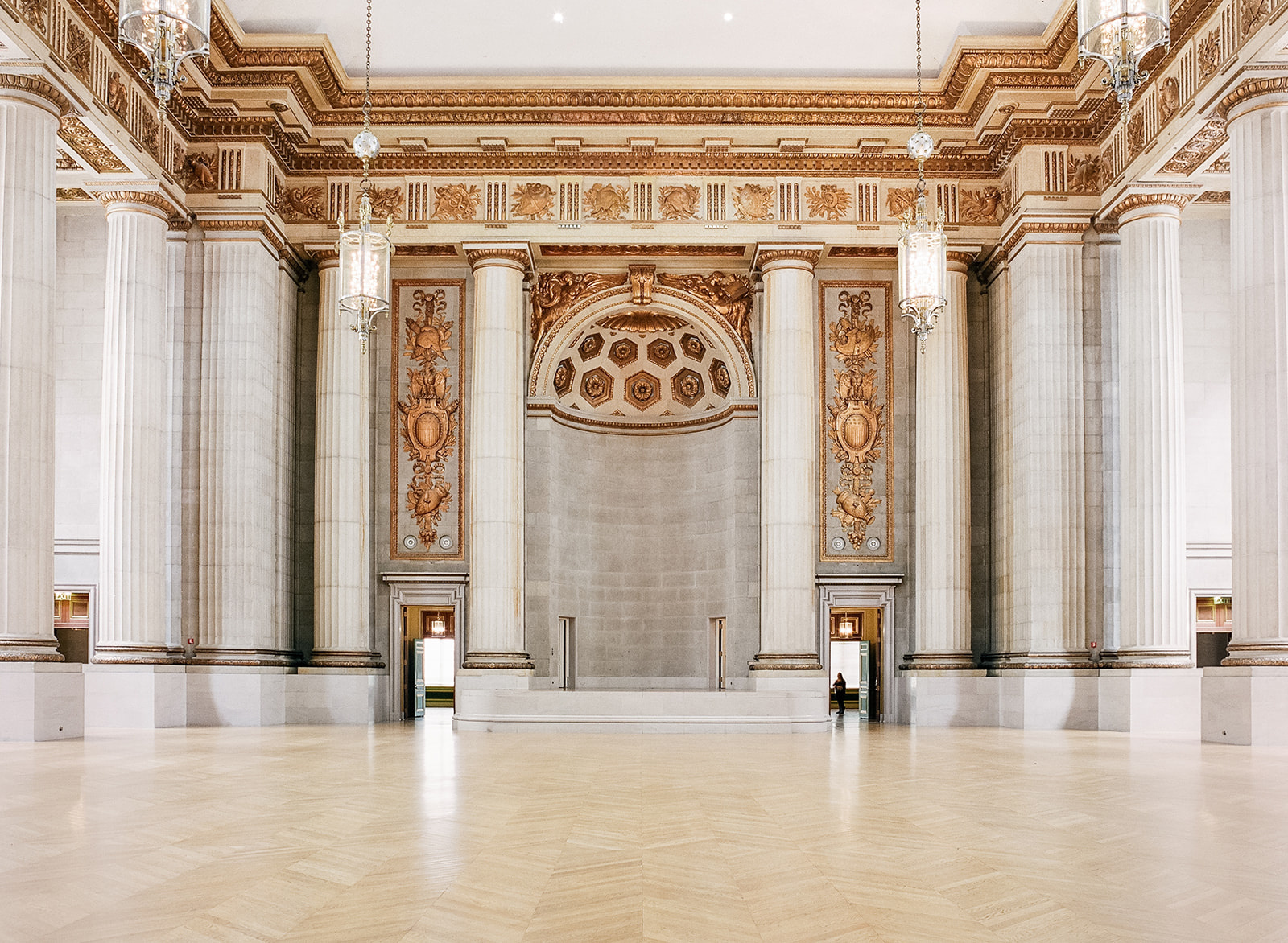Current Use and Future Prospects: Mellon Auditorium

The Mellon Auditorium, a timeless landmark in Washington, D.C., continues to serve as a vibrant hub for conferences, events, and performances. Its grand hall, with its soaring ceiling and intricate architectural details, provides an awe-inspiring setting for a diverse range of gatherings.
Conference Center
As a renowned conference center, the Mellon Auditorium hosts prestigious events, bringing together thought leaders, industry professionals, and policymakers from around the globe. Its spacious layout, state-of-the-art technology, and dedicated support staff ensure seamless execution of conferences of all sizes and complexities.
Event Space
Beyond conferences, the Mellon Auditorium is a sought-after event space for galas, award ceremonies, and corporate gatherings. Its elegant ambiance and customizable lighting create an unforgettable atmosphere for special occasions. The auditorium’s versatile design allows for various seating arrangements and stage configurations, catering to a wide range of event needs.
Performance Venue
The Mellon Auditorium has also established itself as a premier performance venue. Its acoustics are renowned for their clarity and resonance, making it an ideal setting for concerts, recitals, and theatrical productions. The stage is equipped with advanced lighting and sound systems, enabling performers to deliver captivating experiences to audiences.
Future Developments and Renovations
To maintain its relevance and vibrancy, the Mellon Auditorium is undergoing careful renovations and enhancements. These upgrades include:
- Upgrading the building’s infrastructure and technology to meet modern standards of sustainability and accessibility.
- Preserving the auditorium’s historic character while introducing contemporary design elements to enhance its functionality and aesthetic appeal.
- Expanding the auditorium’s capacity and amenities to accommodate larger events and offer a wider range of services.
Challenges and Opportunities, Mellon auditorium
Balancing the Mellon Auditorium’s historical significance with the need for modernization presents both challenges and opportunities. The auditorium’s iconic architecture and original features must be carefully preserved while incorporating technological advancements and design updates. This delicate balance requires meticulous planning and collaboration between architects, historians, and preservationists.
However, these challenges also present opportunities for innovation and creativity. By embracing a forward-looking approach, the Mellon Auditorium can evolve into a truly 21st-century landmark, seamlessly blending its rich past with the demands of the present and the aspirations of the future.
Mellon Auditorium, a prestigious venue nestled in the heart of Washington, D.C., has witnessed countless momentous events. From its inaugural ceremony in 1910 to the historic Trump rally in 2019, the auditorium has played a pivotal role in shaping the nation’s political landscape.
Despite the occasional controversies that have graced its stage, Mellon Auditorium remains a testament to the power of democracy and the enduring spirit of the American people.
The Mellon Auditorium, located in Washington, D.C., is a magnificent Beaux-Arts style building that has been the site of numerous important events throughout its history. Completed in 1910, it was originally intended as a concert hall and has hosted performances by renowned musicians such as Arturo Toscanini and Leonard Bernstein.
However, the Mellon Auditorium has also served as a venue for political gatherings, including the signing of the North American Free Trade Agreement in 1993. Today, it continues to be a popular choice for conferences, lectures, and other events, attracting visitors from around the world.
Learn more about the Mellon Auditorium and its fascinating history.